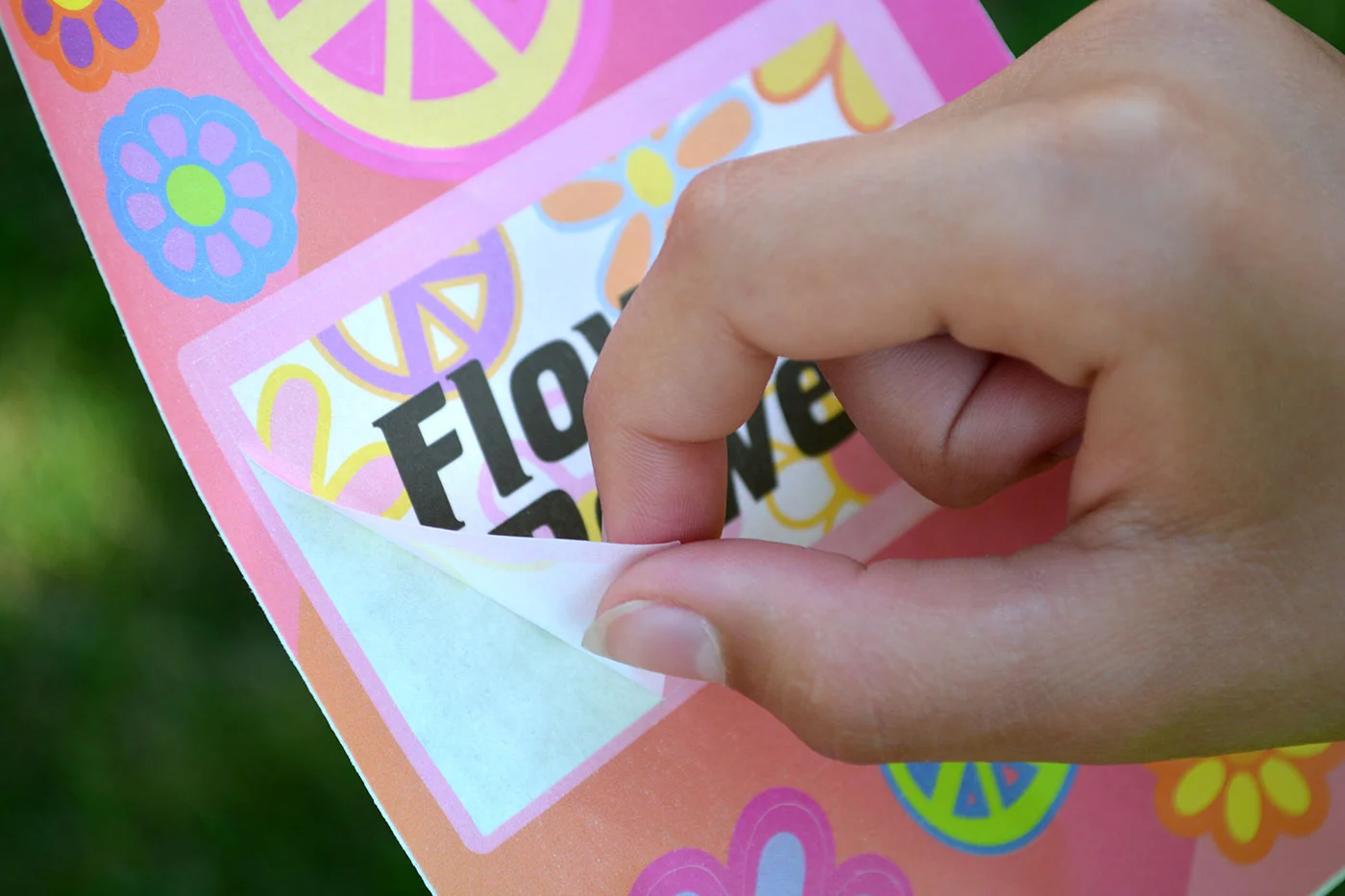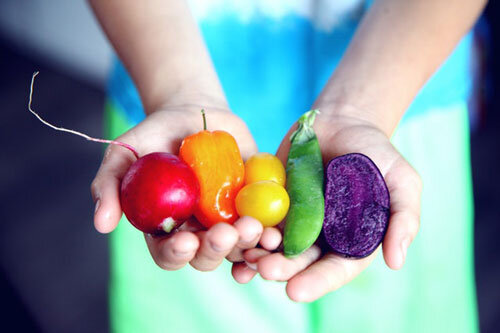A visit to Robert Rothschild Farm, in Urbana, OH, USA, a quiet town located west of Columbus, is a visual treat. Flowers abound from spring to late fall and the weathered clapboard building that houses production, office space, gift shop, and restaurant looks as neat and tidy as when it was built. A tour with Robin Coffey, director of marketing, begins with the story of the founders, Robert and Sara Rothschild. In a twist on the wagon trains migrating West scenario, Bob and Sara journeyed to the heartland of Ohio from - ready? - Napa, California. Tired of civil engineering and the California lifestyle and yearning to get back to the land, the Rothschilds found acreage just east of Urbana, a small farming and college town of 10,000. Other than knowing that they wanted to grow raspberries, raise their children in a peaceful setting and live off the land, they had no real knowledge of farming Ohio-style.
After two years of crop failures due, they succeeded with a bumper crop of raspberries and strawberries. But there were too many to sell to passersby, so they had to do something with the excess. Another farmer's wife, a part-time worker at Rothschild's farm, suggested they use her kitchen to make real homemade raspberry jam from fruit, sugar and pectin. They made 400 cases of jam on her kitchen stove and ended up selling every one of them.
During a vacation in Europe, the Rothschilds came across some stunning glass containers which they felt would really showcase their new products. In 1984 they displayed their newly packaged wares at the New York Fancy Food Show. Since then they have won eight gold medals at the Napa Valley Mustard Competition, and a host of gold, silver and bronze medals at various competitions around the USA.
The phrase "Experience simple elegance" shines forth from their labels, which adorn Rothschild's 120-plus products sold in more than 5,000 stores across North America and the Caribbean, as well as on the company's web site. The more than 5,000,000 labels a year which adorn the Rothschild products are manufactured by Century Label of Bowling Green, OH, fewer than 100 miles away. Century produces digital labels and offers its customers small quantities of high quality, process color labels for product trials, shows, etc. Coffey says that "their ability to do digital printing is a real bonus when we want to do mockups for tradeshows, and their proximity lets us get together for brainstorming as well as making it easy to do press checks."
The labels have evolved in recent years. "From 2001 back, the label was a very dark green with hot stamped gold foil, but the product name didn't stand out. We transitioned in 2002 to a cream background with a small amount of green to retain the continuity," Coffey says. In 2004, "Century helped us achieve the transition to an even lighter background, with a more defined raspberry vignette/watermark, retaining some of the gold foil stamping as well as a return to the original dark green color, but with a much smaller band."
Mike Manahan, general manager at Century Label, says his company looks at Rothschild production runs to figure out EOQs (economic ordering quantities). They have also insituted a stocking program at the Bowling Green facility so they can stay on top of runs, minimize orders and rotate inventory. Century Label prints on flexo presses and on an HP Indigo ws4050 digital press.
"Rothschild's business is filling orders; lead times are critical," says Manahan. "They don't need to be spending time figuring out if they have enough or too many of a given label. By working closely with them we can do that for them." The printer does a strong buiness in prototypes of short runs. "In reality, we do prototypes daily for major national brands, usually for the vendor who is going to do the long runs," says Manahan. "We do sales samples, short run shrink sleeves, proofs, and 'show and tell' board room samples."
Century has set up a web site which gives customers, prospects and long run label companies the ability to do designs, get pricing for up to six colors plus an imprint, foil stamping, and so forth.
Rothschild's business is growing rapidly but internet sales account for only about 4 percent of the total. Retail operations (at the Farm Market and the company store in the Mall at Tuttle Crossing, Dublin, OH) account for another 10 percent. "The vast majority of our sales is wholesale to upscale grocers and specialty stores," Coffey says. Like most other specialty or gourmet food producers, Rothschild also does some private third party labeling and even manufactures some products to third party specifications.
Twenty new products were introduced in 2006 at the January and July Fancy Food Shows, and Coffey says that they are working on an organic line of products. There is a quality assurance lab adjacent to the production area and every batch is tested. Asked what the best seller was, Coffey doesn't hesitate: "Raspberry honey mustard pretzel dip, by far. Nothing else is even close!"
The 175-acre Robert Rothschild Farm is proving daily that the gourmet food business is a great business to be in. After working in the fields and nurturing the crops and monitoring production for years, Robert and Sara Rothschild retired from the business, and in 2001 Bob "passed the jar" of leadership to Mary O'Donnell, president and CEO of the company.
Article by Larry Arway originally published in the August 28, 2006 Issue of Label & Narrow Web.









